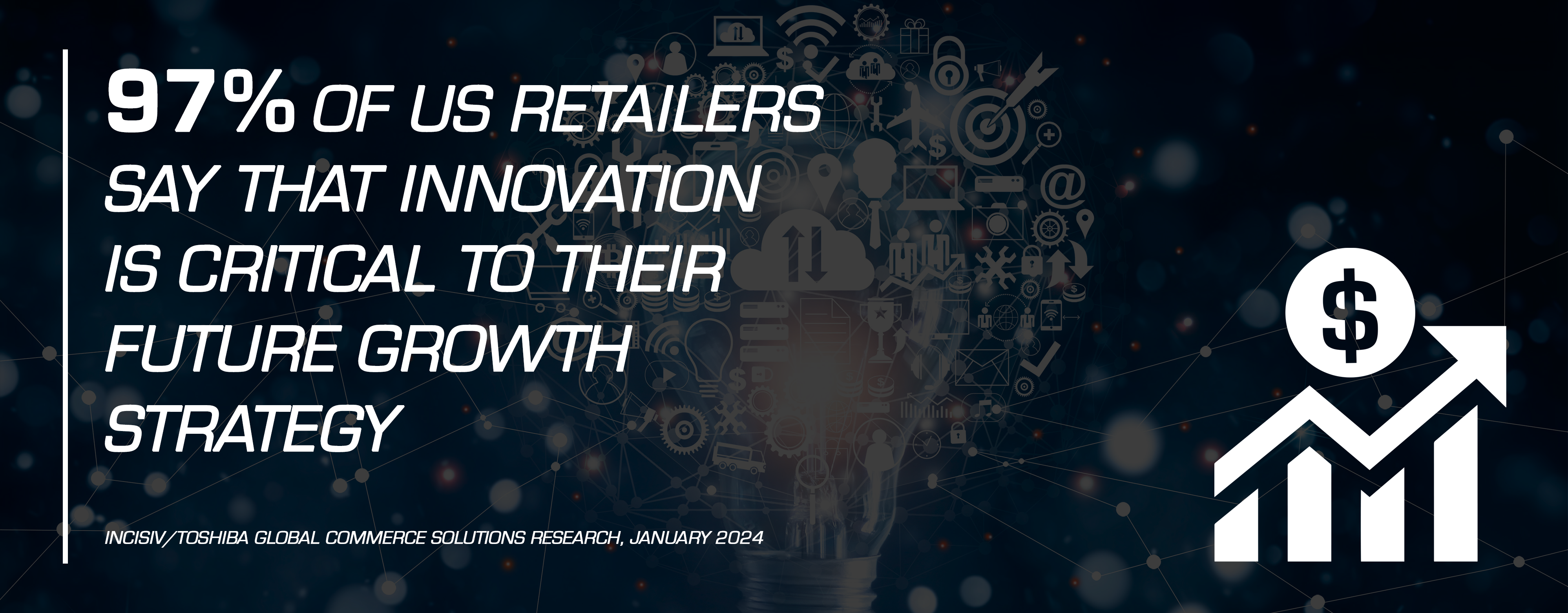Over recent years, innovation has become more important than ever for retailers looking to keep up with customer expectations and get ahead of their competitors. However, there is a gap between the idea and implementation of innovation strategies.
Retailers know that innovation is essential to their success. Still, they often need help implementing their proposals effectively due to barriers within their organizations rooted in organizational structures, outdated cultures, and a general hesitance to embrace change. This hesitance, however, comes with a price—an uphill battle to meet evolving customer demands and stay competitive in a rapidly changing market. So, what do some of those obstacles look like, and how can retailers overcome them?

Financial Risk Perception
One major roadblock that retailers face when contemplating innovation is the perceived financial risks associated with it. The fear of investing substantial resources in untested or unproven ventures often paralyzes decision-makers. The prospect of sinking funds into uncharted waters can be daunting in an industry where profit margins can be razor-thin. This risk aversion, however, can lead to missed opportunities, leaving retailers trailing behind competitors who are more willing to take calculated risks.
To overcome this obstacle, retailers need to adopt a mindset that views innovation not as a cost but as an investment in future success. Embracing a culture that recognizes the potential returns of well-executed innovations can help alleviate financial concerns and encourage a more proactive approach to adopting new technologies and strategies.

Reluctance to Change Established Processes and Systems
Another hurdle to innovation implementation is the resistance to changing established processes and systems. Legacy systems and well-established workflows can create a sense of security, making it difficult for retailers to envision, let alone implement, truly transformative changes. The fear of disrupting the status quo often stifles creativity and leaves businesses trapped in outdated practices.
Retailers must cultivate a culture that values adaptability and welcomes change as a constant. Establishing clear communication channels and involving key stakeholders in the innovation process can help ease the transition. Demonstrating how new technologies and processes can enhance efficiency and customer experience is crucial in convincing skeptics to embrace change.
Internal Capability and Resource Constraints
Despite recognizing the need for innovation, many retailers find themselves constrained by internal limitations. A lack of the necessary capabilities and resources to implement and manage new ideas can be a significant deterrent. This may include a shortage of skilled staff, insufficient technological infrastructure, or inadequate budget allocations for innovation initiatives.

Retailers must invest in training their workforce and creating cross-functional teams that bring together diverse expertise. Collaborating with external partners, such as technology providers or innovation consultants, can supplement internal capabilities. By strategically allocating resources and fostering a culture of continuous learning, retailers can position themselves to overcome internal constraints and successfully implement innovative solutions.
The significant gap between retailers' intent to innovate and the actual implementation of those innovations is a multifaceted challenge. Overcoming financial risk perceptions, breaking free from resistance to change, and addressing internal capability constraints are crucial steps toward fostering a culture of innovation within the retail industry. By tackling these hesitations head-on, retailers can position themselves not only to keep pace with evolving consumer expectations but to lead the way in shaping the future of retail. Embracing innovation is not just a strategic choice; it's vital in the fast-paced and ever-evolving world of retail.





